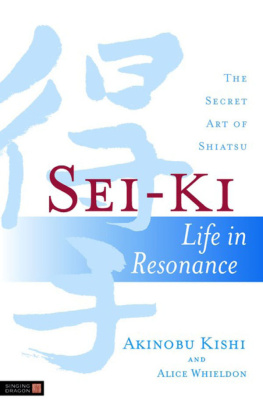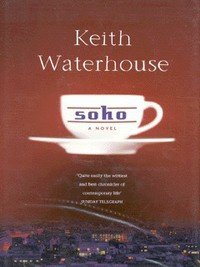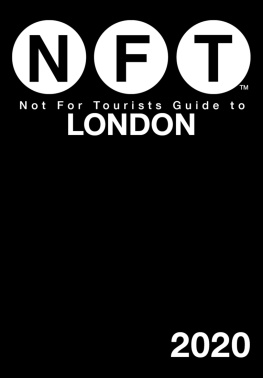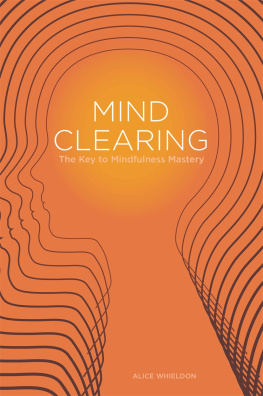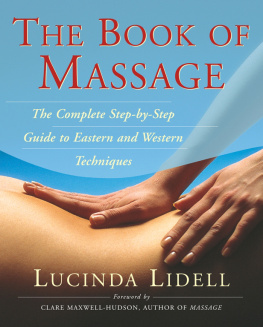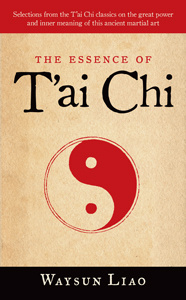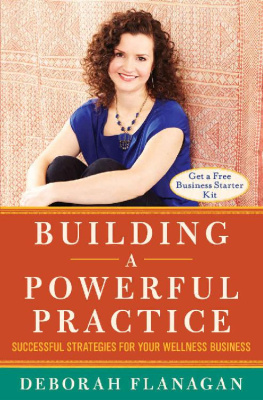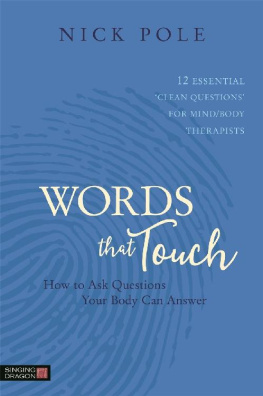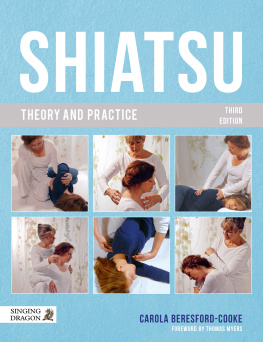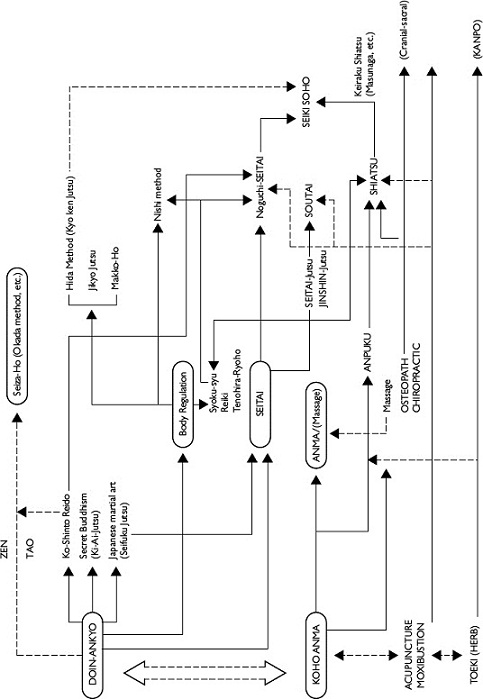A PPENDIX II
DR TARO TAKEMIS ARTICLE ON THE NEED FOR KANPO
This article by Dr Taro Takemi, from Eastern Medicine (edited by Takao Otsuka, 1973), was translated and summarised by Kyoko Kishi. Taro Takemi was highly influential in the revival of Kanpo since he was the chief medical authority in Japan and advocated taking Kanpo seriously such that, today, medical students can usually study modules in Eastern medicine alongside their scientific studies. It was because of his research and recommendations that the Institute of Oriental Medical Research at Kitazato University was established where Masunaga sensei later became a professor.

Nowadays doctors study medicine in the German style and structure, so Western medicine underlies all medicine in Japan. Already, Kanpo is considered to be little more than a fairy story in medicine. However, I did lots of research and in my clinical practice I met with various problems that this medical approach could not address. But, when they were addressed with Kanpo, I can confirm that the cures effected were sometimes miraculous. One of my patients was the famous novelist, Kda Rohan (18671947), who introduced me to several books on Kanpo and instructed me in the essence of Kanpo medicine. At that time I was still studying the medical application of physics in the Institute of Physical and Chemical Research and this came like a bolt from the blue. Speaking to Mr Rohan, he was very critical about medicine and I listened carefully to him and realised that he was saying things to which I must pay attention. He spoke about the basic premise that, while we are alive, all the complicated operations of protecting ourselves have an effect on the body. Kanpo medicine looks at how this manifests in the patient and is a medicine of intuition. We already have many ways to cure ourselves inside and Kanpo is how to bring this mechanism out and encourage our own healing, while modern medicine just attacks the symptoms.
This medicine by the intuition which Mr Rohan talked about, haunted me and affected me very deeply. Listening to my friends experience and those of his acquaintances and the discussion of various other cases, I understood that, in Kanpo medicine, diagnosis and therapy are one. In contrast with analytic Western medicine, Kanpo medicine (herbal medicine) is synthesised by intuition and considers medication according to this synthesis gathered and understood by the doctor. It is inherently different in every case. Kanpo is not based on diagnosis through blood analysis and X-ray, etc.; the doctor uses the five senses and considers a patients illness subjectively by understanding their mind rather than through test results. I could appreciate this.
It is also clear that in Kanpo, individual differences in the mechanism of the onset of disease is considered. It seems that the basis of Kanpo medicine is treatment rather than research. Cure is important but, in Western medicine, there is not so much interest in the person as in the condition. In Kanpo, integrated intuitive observation is the starting point in curative medicine. Even if oral consultation, ocular inspection, palpation, etc. in Western medicine are the work of the same five senses, they are not used to directly relate to what is being analysed the patient while a feature of Kanpo medicine is that it is directly interested in the patient.
Moreover, it differs from Western medicine in the value given to the effect of observation valuation. Kanpo medicine views the attitude of human understanding as its base, which originally came from Chinese philosophy.
Also in Western medicine, the wonderful achievements of psychological research, like that of Jung, have more recently emerged so we see that Western medical science investigates every aspect of the human being to the last. In this respect I think that Western psychology and Eastern thinking come close together.

